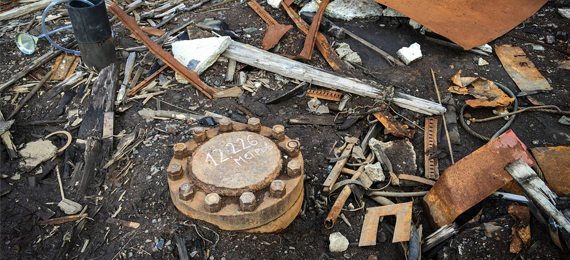
In the field of human exploration and engineering achievements, some attempts to probe deep into the earth’s crust were made. For decades, one project has stood as a testament to mankind’s curiosity and ingenuity: the Kola Super Deep Borehole, commonly known as the deepest man-made hole. Located on the Kola Peninsula in Russia, this remarkable borehole was a marvel of modern drilling technology, piercing through layers of rock to reach unprecedented depths. Despite the ambition and scientific potential behind the project, the Kola Superdeep Borehole eventually met its end, leaving many to wonder: Why was the deepest man-made hole sealed?
Origin and Purpose
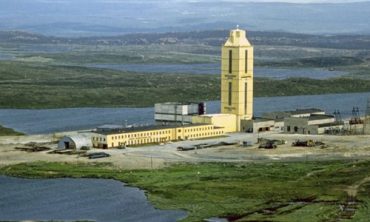
To understand the fate of the Kola Superdeep Borehole, we must first delve into its origins and purpose.
What was the primary reason behind the construction of the Kola Superdeep Borehole?
- A. To extract minerals for industrial use
- B. To explore Earth's crust and mantle in detail
- C. To create a geothermal energy source
- D. To search for extraterrestrial life
The project began in the 1970s, driven by the Soviet Union’s desire to explore the earth’s crust and mantle in one-of-a-kind detail. Scientists hoped to learn more about the planet’s composition, seismic activity, and even the possibility of finding microbial life deep underground.
Over the years, the borehole steadily descended, breaking numerous depth records along the way. It had surpassed all expectations, providing valuable data and insights into Earth’s geology.
A Super-Deep Borehole
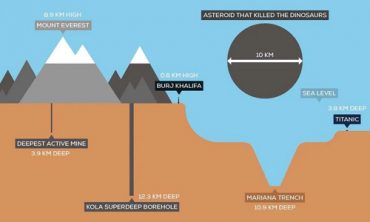
At a depth of approximately 4.3 miles (6.9 km), the layers’ density intensified, presenting significant challenges for the drilling process. This led to frequent breakage of the drill bits, necessitating multiple adjustments to the drilling direction. Various paths were explored until a relatively vertical trajectory resembling a Christmas tree pattern was established.
By the time drilling ceased in 1992, the Kola Superdeep Borehole had reached a depth of over 12 km (7.5 miles), making it the deepest man-made hole in history. As the drilling progressed deeper, the Earth’s temperature increased steadily. The heat intensified rapidly, reaching temperatures of 356 degrees at approximately 7.5 miles (12 km) depth. Engineers also noted that beyond the first 14,800 ft (4,511 m), the rock exhibited significantly more porosity and permeability.
What DID They Find?
The deepest man-made hole yielded significant scientific revelations.
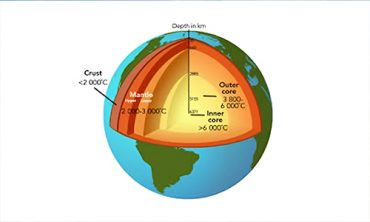
- Higher temperatures were discovered in the Earth’s interior than previously thought, challenging existing models.
- No clear transition from granite to basalt was observed, debunking the presumed “Conrad discontinuity.”
- Liquid water was found at unexpected depths, indicating a deeper hydrological system.
- Evidence suggested pathways for fluid movement through the crust.
- Extreme pressure within the Earth may have forced water out of rock crystals, leading to the discovery of open saline water-filled cracks.
- Biological activity, including fossils of single-celled marine organisms dating back 2 billion years, was detected within rocks.
- These fossils were remarkably intact despite extreme pressure and temperature conditions.
The Deepest Man-Made Hole Sealed
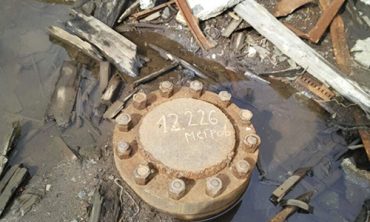
Unfortunately, the extreme temperatures exceeded the capabilities of the drilling equipment at the deepest man-made hole. As a consequence, the drilling operation had to cease, falling short of its intended target of 9.3 miles (15 kilometers). In 2005, the drill site was officially closed due to primary concerns regarding contamination risks. As drilling delved into greater depths, encountering high-pressure fluids and gases, such as methane and hydrogen sulfide, there arose a significant fear of potential environmental and safety hazards from their escape to the surface. As the borehole extended deeper into the Earth, the extreme temperatures and pressures at such depths placed immense strain on drilling equipment and infrastructure.
Following years of debate and deliberation, in 2008, the decision was made to permanently seal the Kola Superdeep Borehole. Cement plugs were installed at various depths to mitigate any potential leaks or accidents. Ultimately, sealing the deepest man-made hole was deemed necessary to ensure safety and environmental responsibility. Nevertheless, despite these setbacks, the deepest man-made hole remained a crucial research site, drawing scientists worldwide.
Yet, the pioneering spirit of exploration and discovery embodied by the deepest man-made hole will endure, inspiring future generations of scientists and engineers to push the boundaries of possibility, even if it means delving into the deepest recesses of the Earth itself.